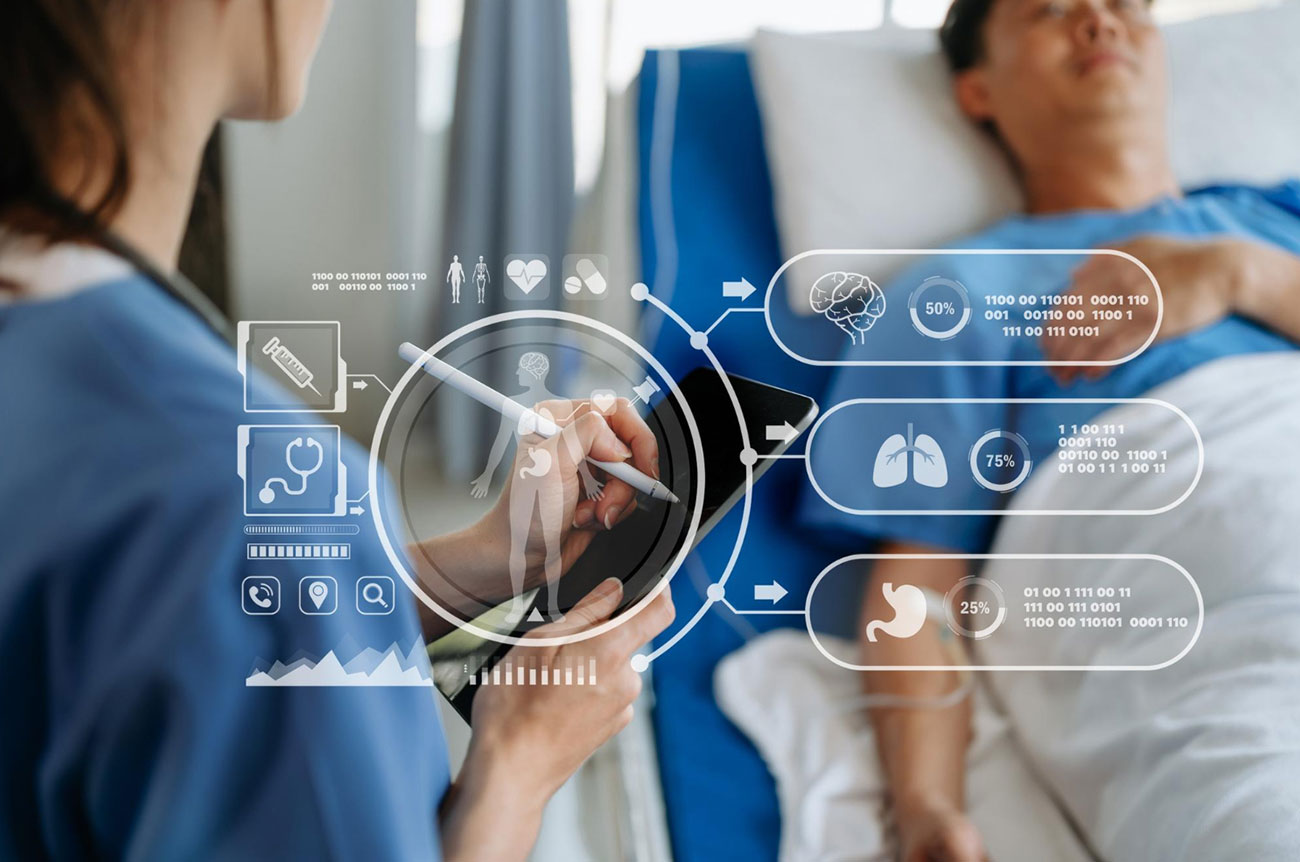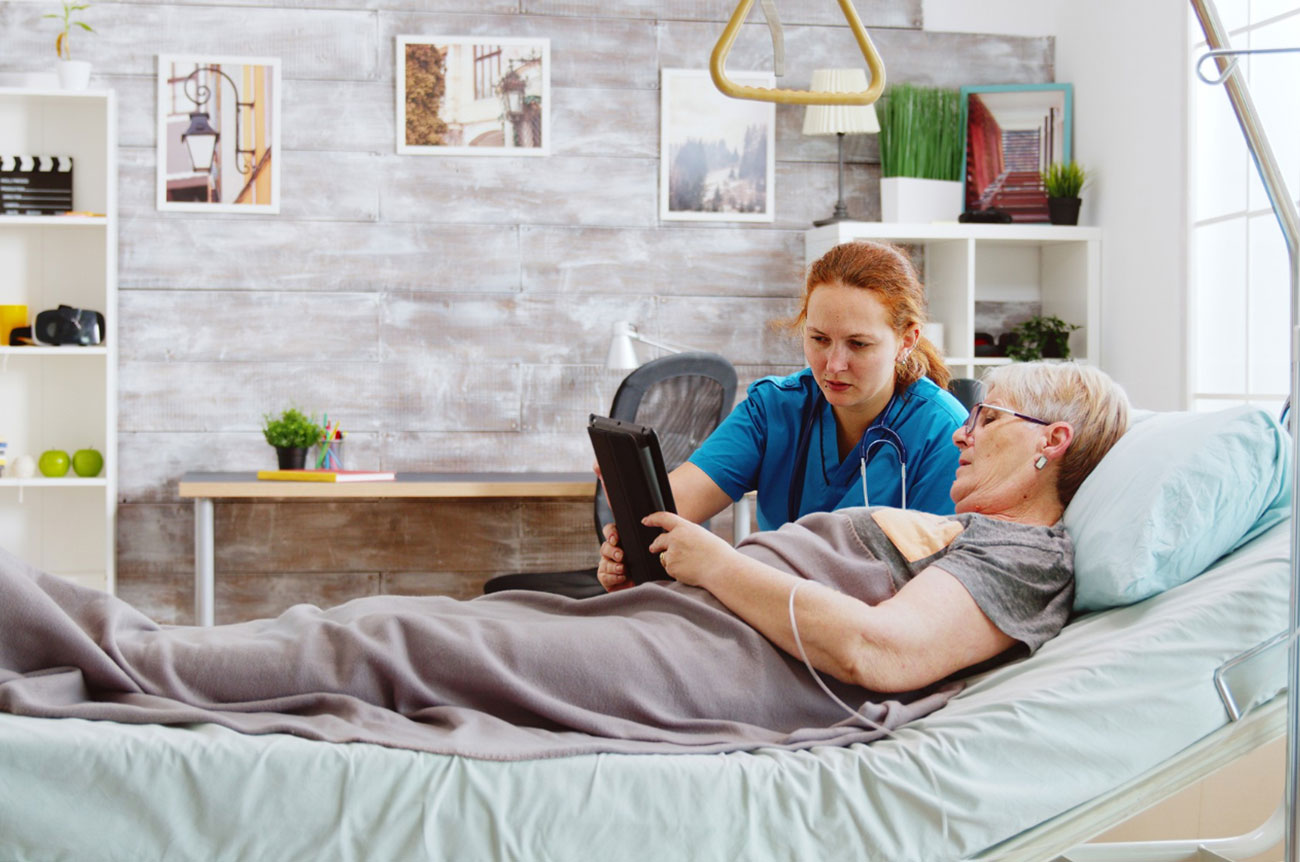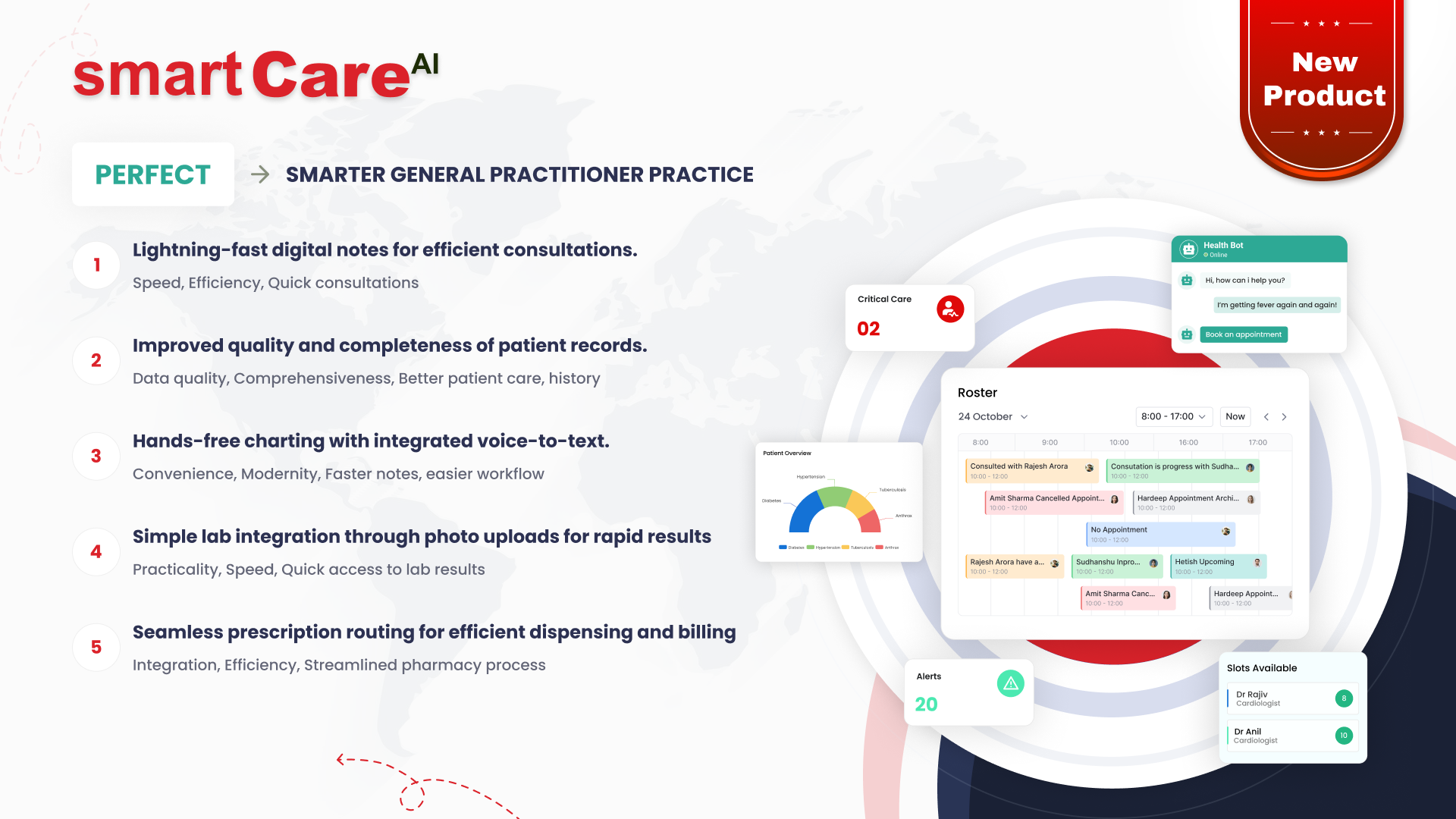
Posted On October 12, 2024
Integrating IoT in Healthcare: A Guide to Improving Patient Outcomes
Understanding IoT: What It Means for Healthcare
The Internet of Things (IoT) in healthcare refers to the network of interconnected devices that collect and exchange patient data in real-time. These devices include wearable health monitors, smart medical equipment, and connected health apps. By integrating IoT, healthcare providers can obtain continuous and accurate data on patients’ health, leading to more informed decision-making and personalized care.
The Benefits of IoT in Patient Care
IoT offers numerous advantages in patient care. It enables continuous monitoring of vital signs, which helps in early detection of potential health issues. This real-time data allows for timely interventions and reduces the need for frequent hospital visits. Additionally, IoT devices can track medication adherence and offer insights into patient behavior, leading to more effective treatment plans and improved health outcomes.
How IoT Devices Enhance Monitoring and Diagnosis
IoT devices enhance monitoring and diagnosis by providing constant, real-time information about patients’ health conditions. For example, wearable devices can monitor heart rate, blood pressure, and glucose levels, sending this data directly to healthcare providers. This allows for early detection of anomalies and facilitates swift medical responses, thereby improving diagnostic accuracy and patient safety.
Real-time Data: Transforming Patient Management
The availability of real-time data revolutionizes patient management by enabling proactive rather than reactive care. Healthcare providers can access up-to-date information on patient health, allowing for immediate adjustments to treatment plans. This leads to more personalized care and can significantly reduce hospital readmissions, as issues can be addressed before they escalate.
Improving Patient Engagement Through IoT Solutions
IoT solutions enhance patient engagement by empowering individuals to take control of their health. With connected health apps and wearable devices, patients can track their own health metrics and receive reminders for medication or appointments. This active participation in their health management not only improves adherence to treatment plans but also fosters a greater sense of responsibility towards their well-being.

Challenges in Implementing IoT in Healthcare
Integrating IoT into healthcare systems presents several challenges. One major hurdle is the interoperability of different IoT devices and platforms. Ensuring that devices from various manufacturers work seamlessly together can be complex. Additionally, the integration of IoT with existing healthcare systems often requires significant adjustments and updates, which can be costly and time-consuming.
Security Concerns: Protecting Patient Data in IoT Systems
Data security is a critical concern with IoT in healthcare. IoT devices collect sensitive patient information, making them attractive targets for cyberattacks. Ensuring robust security measures, such as encryption and regular software updates, is essential to protect patient data from breaches. Healthcare providers must also stay informed about the latest security protocols and best practices to safeguard this valuable information.
Case Studies: Successful IoT Implementations in Healthcare
Several healthcare institutions have successfully integrated IoT to enhance patient outcomes. For example, some hospitals have used IoT-enabled wearables to monitor chronic disease patients in real time, allowing for timely interventions and reducing hospital readmissions. Another case involves smart infusion pumps that automatically adjust medication dosages based on real-time patient data, improving treatment accuracy and patient safety.
The Role of Healthcare Professionals in IoT Integration
Healthcare professionals play a crucial role in the successful implementation of IoT. They need to be involved in the selection and deployment of IoT devices to ensure they meet clinical needs. Training is also vital, as staff must understand how to use these devices effectively and interpret the data they provide. Collaboration between healthcare professionals and IT specialists can help address any challenges that arise during the integration process.
Future Trends: The Evolution of IoT in Healthcare
The future of IoT in healthcare looks promising. Advancements in technology will likely lead to even more sophisticated devices and solutions. Trends such as the use of AI in conjunction with IoT for predictive analytics and personalized medicine are on the horizon. These developments have the potential to further enhance patient care and improve overall healthcare outcomes.
Conclusion: The Path Forward for IoT and Patient Outcomes
Integrating IoT into healthcare offers a promising path towards improving patient outcomes. By enabling continuous monitoring, enhancing diagnostics, and fostering patient engagement, IoT helps in delivering more effective and personalized care. As technology continues to evolve, embracing IoT in healthcare can lead to better management of patient health and overall enhanced healthcare delivery.
For more insights into how IoT can transform healthcare, visit smartData Inc.
